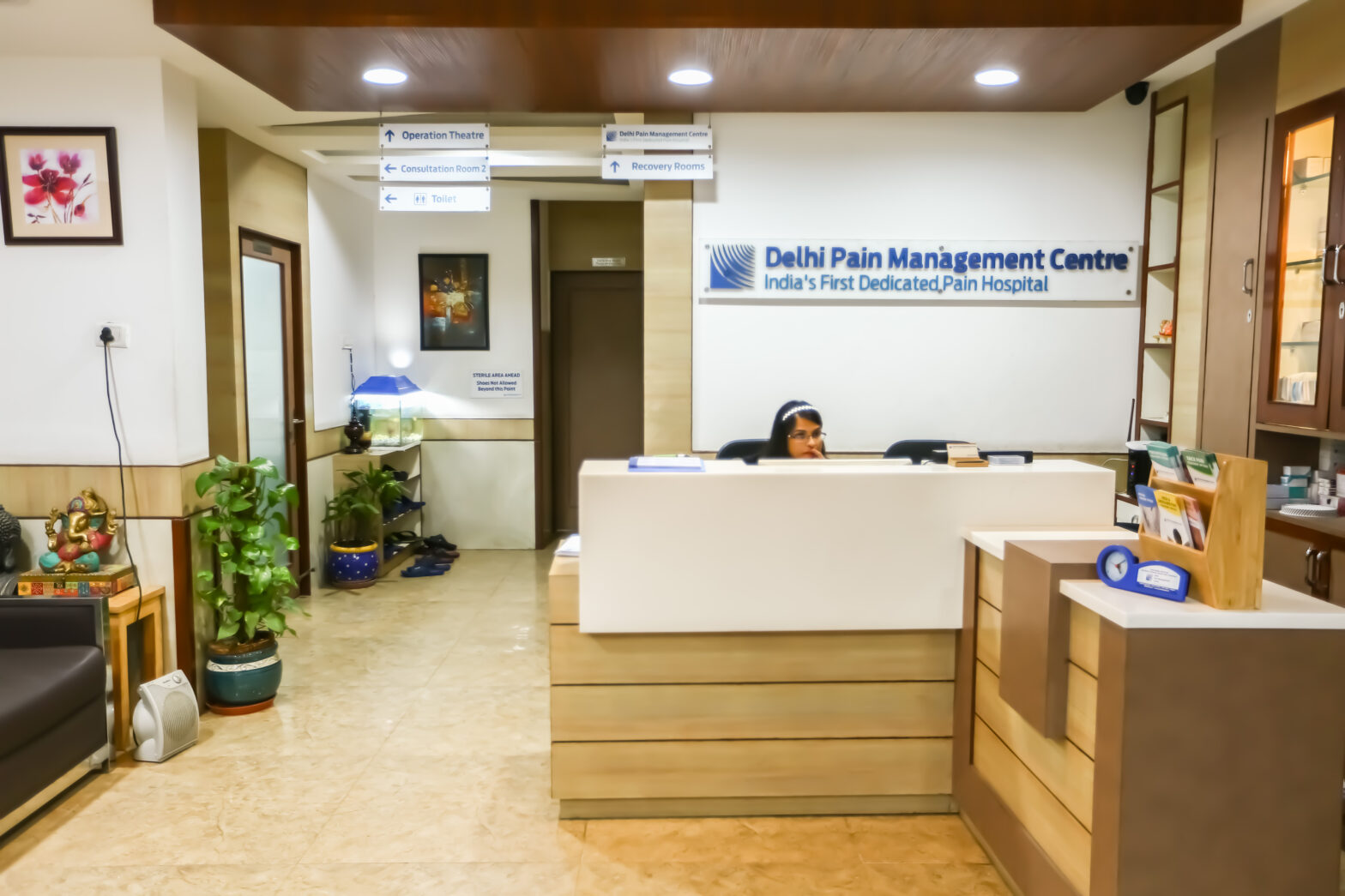About
Pain Management
More than one-third of the adult population in India suffers from some kind of chronic pain, pain that lasts longer than 3 months. Majority of these people are women and elderly. Untreated back and neck pain, arthritis, neuralgic pain, fibromyalgia, migraine and cancer related pain accounts for majority of these cases.
Why relieve Pain?
What is Pain Management?
What is Interventional pain management?
What is a pain clinic?
What kinds of pain are treated?
What types of procedures are done?
Are these procedures safe?
Are these treatments successful?
Unrelieved pain has major negative effects on one’s life and is associated with many physical, psychological and social changes which become a major health problem. Chronic pain can be excruciating and totally incapacitating. Chronic Pain is now recognized as a disease in itself and not just a symptom (as per WHO).
Pain Management (also called Pain Medicine) is a branch of medicine employing a comprehensive approach for easing the suffering and improving the quality of life of those living with long standing pain. This involves a spectrum of treatment protocols starting from simple medications to varied interventional procedures supported by counselling and rehabilitative measures.
Interventional pain management deals with treating pain using precision-guided injection techniques to deliver pain-relieving medicine to specific areas of your body. The injections are performed with X-ray or CT scan control. These are also done in the joints and the discs between the spine bones. These injections can help us in avoiding spine surgeries in a vast majority of the patients.
A pain clinic is a specialized healthcare facility that focuses on the diagnosis and management of chronic pain. Pain clinics often use a multidisciplinary approach to help people take an active role in managing their pain and regaining control of their life. These programs are focused on the total person, not just the pain.
Pain clinics are ideal when a patient is looking at pain relief options which are minimally invasive and do not involve surgery. These treatment options are focused on relieving pain with minimal impact on life and with a short recovery time of a few hours (compared to recovery periods of 20+ days in case of surgeries).
Many different types of chronic pain problems are treated, but the most common are chronic lower back pain, sciatica, neck pain, joint pain, arthritis, headaches, neuralgic pain, post herpetic neuralgia, trigeminal neuralgia, fibromyalgia, migraine and cancer pain.
The most common procedures are X-ray guided injections to relieve inflammation in spinal structures caused by herniated discs. These procedures include epidural injections, percutaneous discectomies, facet and sacroiliac joint injections. Certain advanced procedures such as inserting electrodes in the spinal cord (spinal cord stimulator) and pumps which deliver painkillers into the spinal fluid (intrathecal pumps/spinal pumps) are also performed.
Some people are concerned about the safety and side effects of these procedures. When performed with precision by a skilled and experienced doctor, the procedures are safe and painless.
The treatments can be very effective when expertly performed using X-ray guidance. Following interventions, patient is put through a rehabilitation programme, which involves relaxation techniques, home-based exercises and lifestyle modifications. The long-term success rates in majority of cases are excellent.


